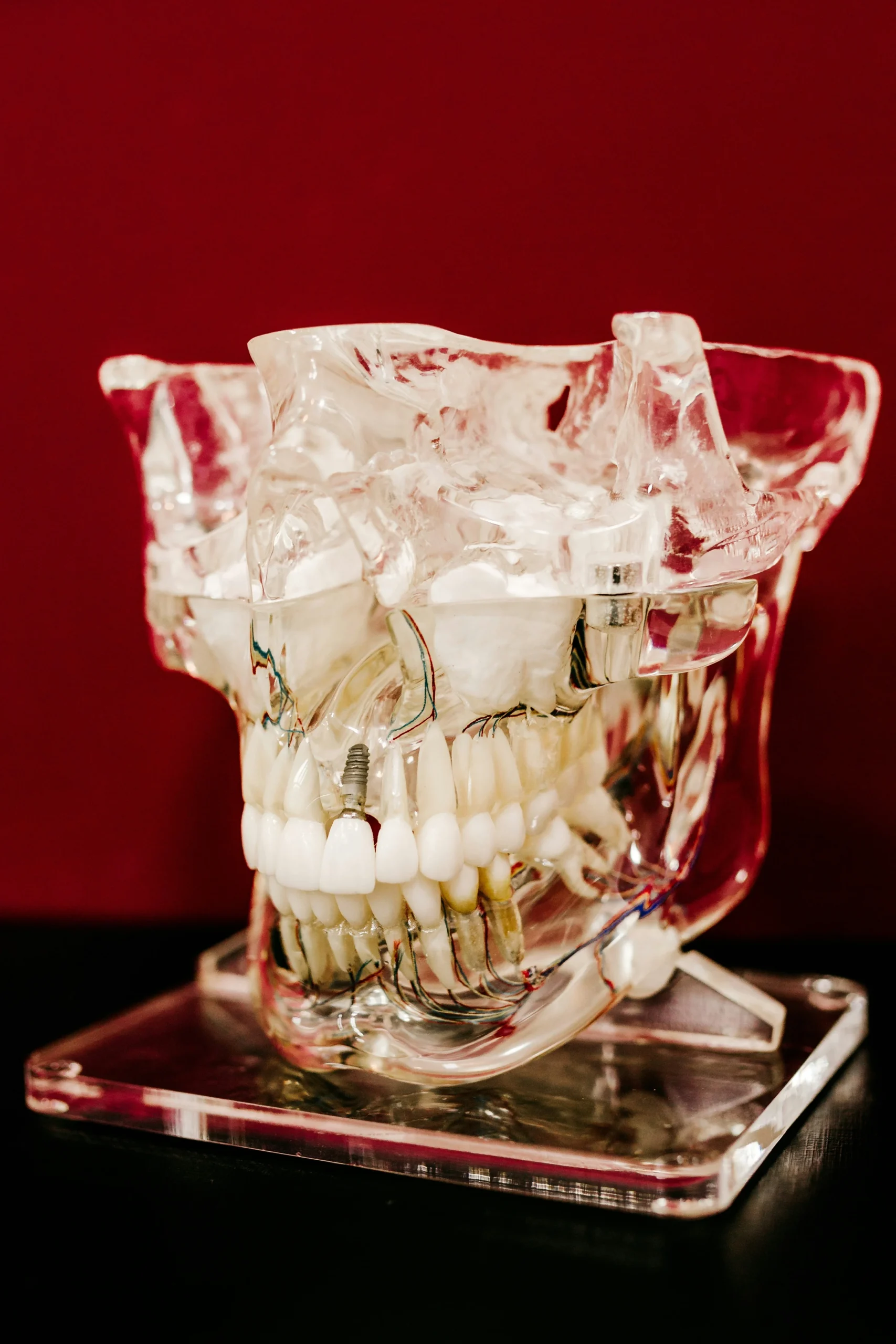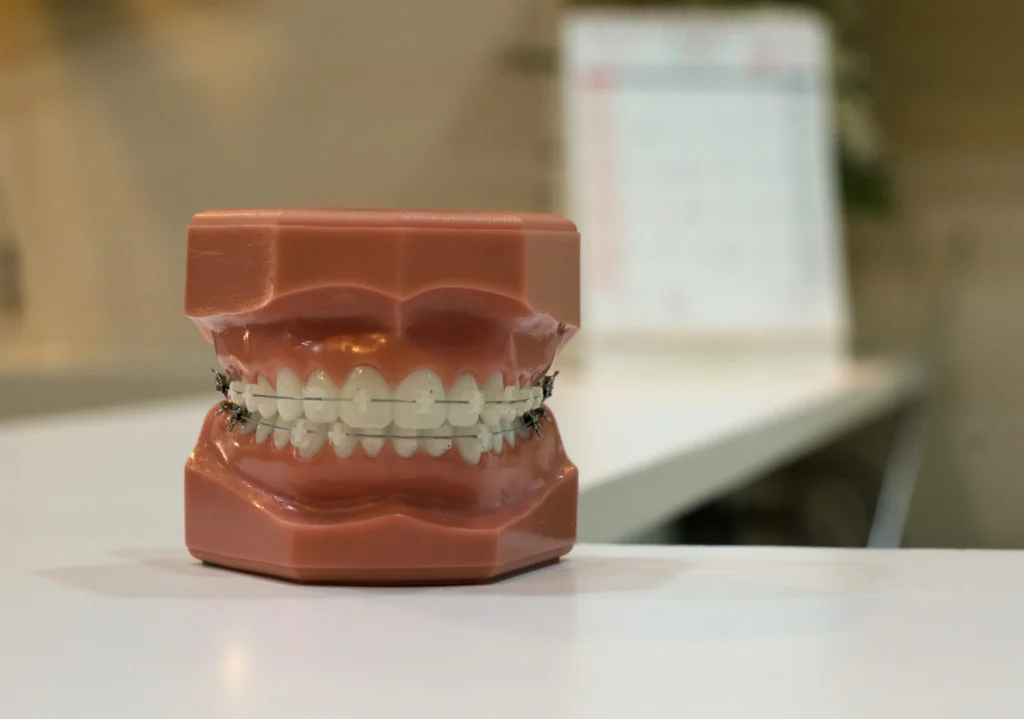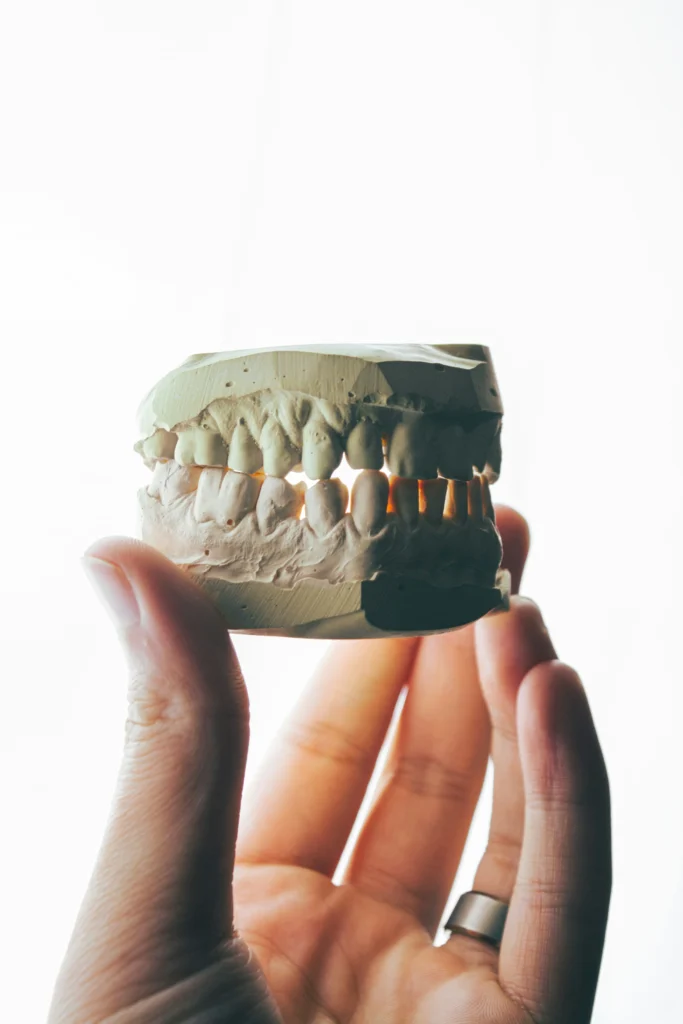
Table of Contents

How to Get Food Out of a Wisdom Tooth Hole
Getting your wisdom teeth removed can be quite the experience, and the recovery period requires extra care. One of the most common post-surgery concerns is food getting trapped in the extraction site. If not handled properly, this can lead to infections, pain, and other complications. In this article, we’ll explore safe ways to remove food from a wisdom tooth hole while also preventing future issues.
Why Food Gets Stuck in a Wisdom Tooth Hole
Healing Process and Open Socket
After a wisdom tooth extraction, the hole left behind (known as a socket) takes time to close. Initially, it remains open, making it easy for food particles to lodge inside.

Food Particles and Oral Hygiene
Since chewing is unavoidable, small bits of food can find their way into the socket. Without proper care, these particles can cause irritation, delay healing, and even lead to infections.
Risks of Food Stuck in Wisdom Tooth Hole
Infection and Dry Socket
One of the biggest risks is developing a dry socket, which happens when the blood clot that forms in the extraction site dislodges. This exposes the bone and nerves, leading to severe pain and delayed healing.
Bad Breath and Discomfort
Trapped food can lead to bacteria buildup, resulting in bad breath, swelling, and discomfort in the extraction site.
How to Get Food Out of a Wisdom Tooth Hole
Using a Saltwater Rinse
A warm saltwater rinse is one of the safest ways to dislodge food. Mix ½ teaspoon of salt with warm water and gently swish it around your mouth. This also helps reduce bacteria and soothe the gums.

Gentle Swishing with Warm Water
If you don’t have salt, warm water alone can be helpful. Swish it lightly to avoid disturbing the healing process.
Using an Oral Irrigator
An oral irrigator (water flosser) like a Waterpik can be an effective way to flush out trapped food without causing damage. Use it on the lowest setting and aim it gently near the site.
Soft Brushing Techniques
A soft-bristled toothbrush can help remove food near the extraction site. Be extremely gentle and avoid direct pressure on the socket.
Using a Syringe for Precision
Some dentists provide a syringe to rinse the socket carefully. Fill it with warm saltwater and flush the area gently.
How to Get Food Out of a Wisdom Tooth Hole
Avoiding Toothpicks and Sharp Objects
Never use toothpicks, tweezers, or other sharp objects to remove food. These can damage the healing tissue and increase infection risks.
Risks of Using Straws
Suction from using a straw can dislodge the blood clot, leading to dry socket, which is painful and delays healing.
Why You Shouldn’t Forcefully Rinse
Forceful rinsing or spitting can disturb the clot, increasing the risk of complications. Always be gentle.

Preventive Measures to Keep Food from Getting Stuck
How to Get Food Out of a Wisdom Tooth Hole
Stick to soft foods like yogurt, mashed potatoes, and soups. Avoid crunchy, sticky, or small-grain foods like rice and nuts.
Proper Chewing Techniques
Try to chew on the opposite side of your mouth to prevent food from entering the socket.
Maintaining Oral Hygiene
Brush gently and rinse regularly with saltwater to keep the area clean while allowing it to heal.
How to Get Food Out of a Wisdom Tooth Hole
Signs of Infection
If you notice persistent swelling, pus, fever, or redness, you may have an infection and should contact your dentist immediately.
Persistent Pain and Swelling
Pain that worsens instead of improving after a few days may indicate complications.
Foul Taste or Odor
A persistent bad taste or smell from the extraction site could be a sign of infection.
Conclusion
Removing food from a wisdom tooth hole requires patience and care. Using safe methods like saltwater rinses, oral irrigators, and gentle brushing can prevent complications while promoting healing. Avoid sharp objects, straws, and forceful rinsing to protect the extraction site. If you experience severe pain, swelling, or signs of infection, seek professional help promptly. By following these guidelines, you can ensure a smoother recovery and avoid unnecessary discomfort.
FAQs
1. How long does it take for a wisdom tooth hole to fully heal?
It typically takes about 2–4 weeks for the gum tissue to close, but full healing of the bone can take several months.
2. Can I eat normally after wisdom tooth extraction?
For the first few days, stick to soft foods and gradually introduce solid foods as healing progresses.
3. What should I do if I accidentally dislodge the blood clot?
If you suspect a dry socket, contact your dentist immediately. They may provide treatment to ease the pain and promote healing.
4. Can I use mouthwash instead of saltwater?
Avoid alcohol-based mouthwash during the healing process. Instead, use a dentist-recommended antiseptic rinse or saltwater.
5. How do I know if food is still stuck in the hole?
If you feel discomfort, notice a bad taste, or see food particles in the area, try a gentle rinse or consult your dentist.
Please don’t forget to leave a review.
Explore more by joining me on Patreon















Leave a Reply